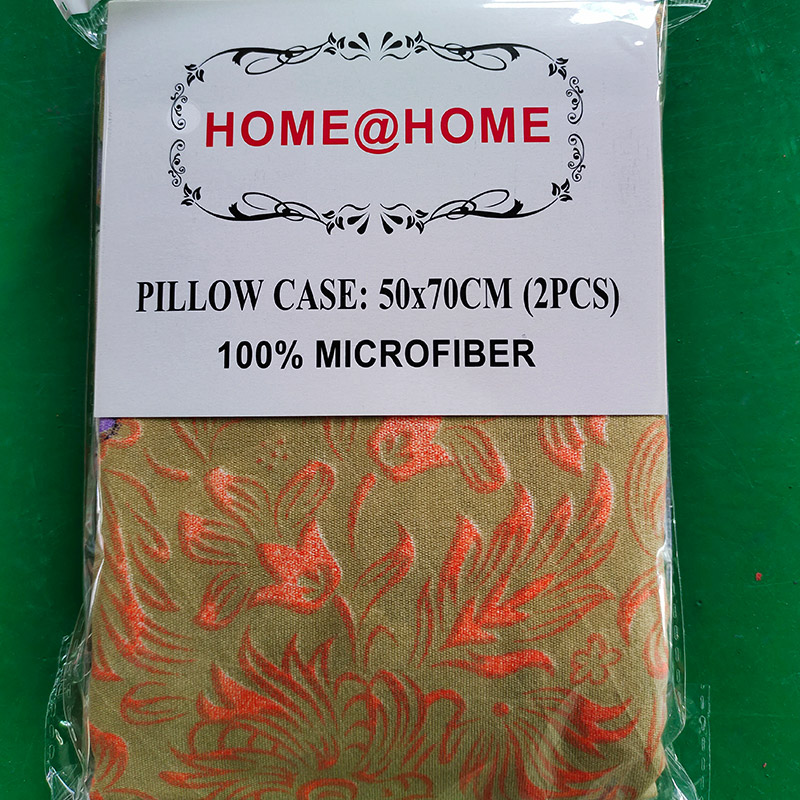Softness and comfort: The fineness of the fiber structure directly affects the softness and comfort of the pillowcase. Microfiber has a finer structure and smoother surface, resulting in a softer feel, making the pillowcase more comfortable.
Breathability: The fineness of the fiber structure also affects the breathability of the pillowcase. Microfiber has more small pores and surface area, which facilitates air circulation, and therefore has better breathability, helping to keep the inside of the pillowcase ventilated and breathable.
Moisture wicking performance: The fineness of the fiber structure is also closely related to the moisture wicking performance of the pillowcase. Microfiber has more fiber gaps and surface area, which can absorb and eliminate sweat on the pillowcase surface more effectively, keeping the pillowcase dry and clean, and improving sleep comfort.

Durability: The fineness of the fiber structure also affects the durability of the pillowcase. Generally speaking, microfiber has a more delicate structure and a more uniform surface, so it is more wear-resistant during use, less prone to wear and deformation, and has a longer service life.
Color retention: The fineness of the fiber structure also affects the color retention of the pillowcase. Microfiber has higher dyeing degree and uniformity, and can better fix the dye, making the pillowcase color more durable and less likely to fade or change color.
The fiber structure of a polyester microfiber pillowcase directly affects its performance in terms of comfort, breathability, moisture wicking performance, durability and color retention. Therefore, the characteristics of the fiber structure are one of the important factors to consider when selecting and making polyester microfiber pillowcases.















.jpg)
.jpg)
.jpg)
.jpg)
.jpg)
.jpg)
.jpg)

.jpg)